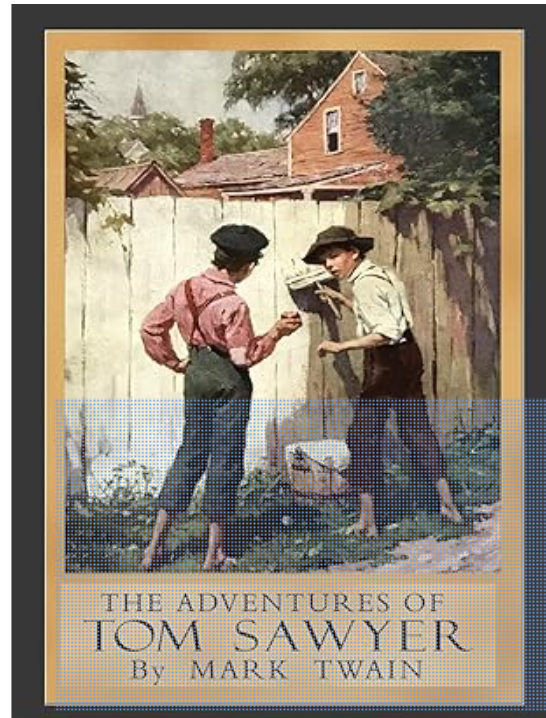In a move that has sparked widespread debate and concern, on Friday Utah published an edict that places a statewide ban on 13 books in public schools, including titles by renowned authors Judy Blume and Margaret Atwood. The decision, the first of its kind that removes a specified number of books from all the schools in a state, has alarmed free speech advocates and raises important questions about the role of literature in education and the implications of censorship. Indeed, it calls into question the very definition of literature and what constitutes “pornographic works.”
The banned books, which include Blume’s “Forever” and Atwood’s “Oryx and Crake,” have been deemed to contain “objective sensitive material” by the Utah State Board of Education, under a newly enforced law. The law, H.B. 29, signed earlier this year, requires the removal of any book from school libraries if it is determined to constitute pornographic or indecent material, lacking “serious value” for minors, criteria that are highly subjective and subject to prevailing ideological biases. The law is meant to prioritize “protecting children from the harmful effects of illicit pornography over other considerations.”
Critics argue that the subjective nature of what is considered “sensitive material” can lead to arbitrary and overreaching bans that stifle intellectual freedom and diversity of thought. Organizations like PEN America and local coalition Let Utah Read have voiced their opposition, suggesting that such decisions should not be made by a few but should involve a more democratic process reflecting the community’s values and needs. Jonathan Friedman, the managing director of the U.S. Free Expression Programs at PEN America, drawing parallels to other cases of book banning, said, “This is different. This is literally the government saying that ‘Oryx and Crake,’ by Margaret Atwood, cannot be shelved in public schools.”
The impact of this ban extends beyond the borders of Utah, as it sets a precedent that could influence other states and communities. The conversation around book bans is not new, as the long-standing polemics surrounding Mark Twain’s classic “The Adventures of Tom Sawyer and Huck Finn” have demonstrated over time. Since its publication in 1884, the book has caused controversy starting in 1885 when it was banned in Concord (MA) as “trash and suitable only for the slums.”
However, the scale of Utah’s statewide prohibition is particularly alarming to those who advocate for the freedom to read and access a broad range of literary works. Literature should be a tool for education, fostering empathy, critical thinking, and a deeper understanding of the world. By restricting access to certain books, there is a risk of creating a homogenized educational environment where students are shielded from diverse perspectives and ideas, essentially raising them in an echo chamber where only the locally prevailing ideology is reinforced.
The books on Utah’s ban list cover a variety of themes, from coming-of-age stories to post-apocalyptic narratives, each offering valuable insights and lessons. Judy Blume’s “Forever,” for instance, is a candid exploration of teenage sexuality and relationships, while Margaret Atwood’s “Oryx and Crake” delves into ethical dilemmas in a dystopian future. These are stories that can provoke thought, discussion, and growth among readers, particularly young adults navigating their own identities and beliefs.












